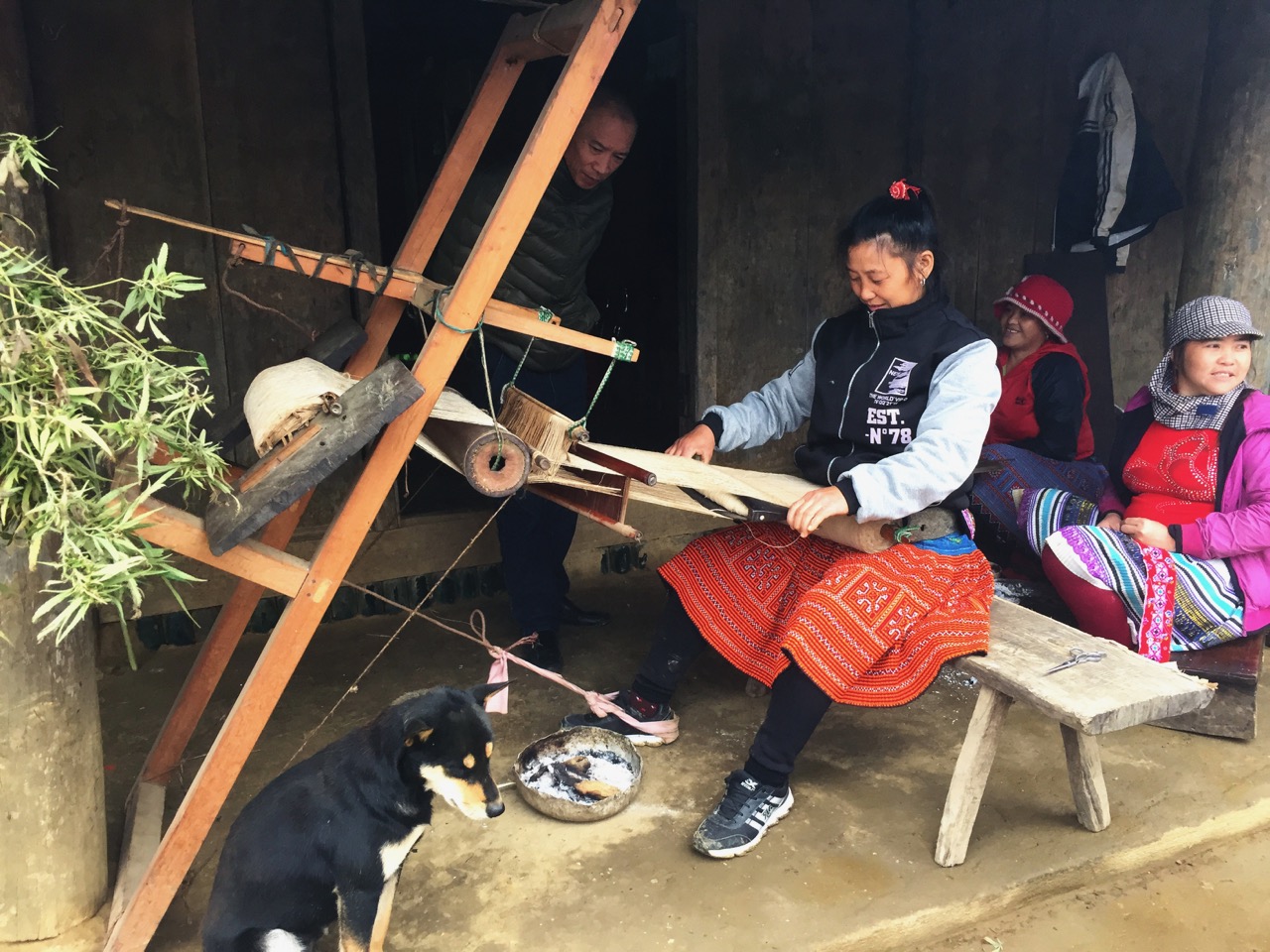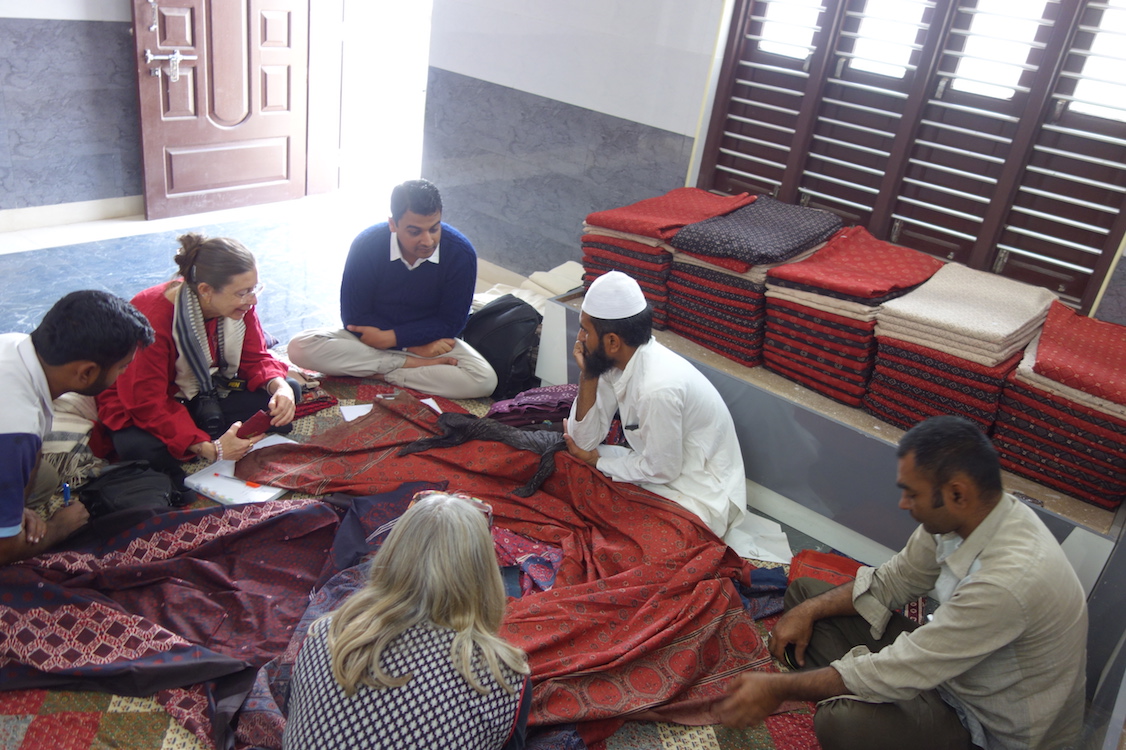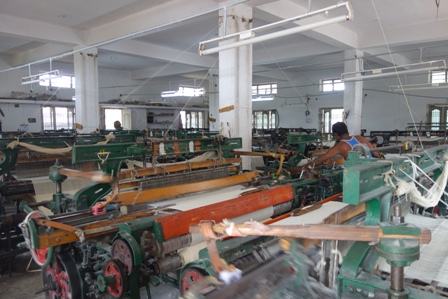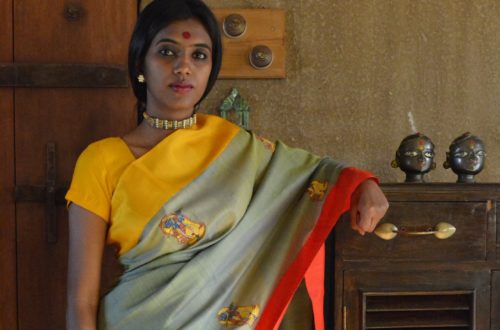I was delighted to receive the TSA Student award to attend and present my research at the biennial symposium which this year was held in Vancouver, Canada. It was my first TSA symposium and first visit to the city and I was impressed with the attention to detail in the organisation and schedule, and the variety of inspiring, thought provoking and quality papers by scholars and practitioners responding to the symposium theme ‘The Social Fabric Deep Local to Pan Global’. Many of the papers and keynotes did well to respond to issues relevant to the locality of Vancouver, such as decolonisation, reconciliation of First Nation communities and the repatriation of the objects which embody the cultural identity of hundreds of First Nations communities from the western coast of Canada. These issues were brought up at the very start of the symposium with talks by representatives from local indigenous communities at the opening reception which was held at the University of British Columbia (UBC) Museum of Anthropology. Debra Sparrow, from the Musqueam Indian reserve in south Vancouver was one of these speakers. I joined the TSA organised visit to Musqueam the day before and Debra told us the story of her journey into the revival of Salish weaving. Sparrow was close to her grandfather who lived to be 100, and would relay to her his own experiences as well as stories his ancestors passed down, which provided Sparrow with in-depth information of, and grounding in her heritage. Sparrow’s great grandmother was amongst the last practicing Salish weavers and her grandfather would remember the women weaving at home. Sparrow and her sister founded a group of weavers in Musqueam who today continue to teach, give demonstrations and talks on Salish weaving at the Musqueam cultural centre where our TSA group had a go at twilling on a simple upright table loom, as well as at the UBC Museum of anthropology, schools and weaving guilds.

Moving from the local – British Columbia, to South Asia, where my own research is located (specifically India), I was particularly interested in two papers and a film on South Asian craft knowledge and skill, all which explored the ways in which local knowledge has interacted with global influences.
At the beginning of her paper ‘Shepherds and Shawls: Making Place in the Western Himalayas’, Jen Hoover highlighted the ways in which narratives and promotion of traditional crafts in India either by the government, NGOs or commercial enterprises tend to maintain colonial perceptions of artisans as “primitive” and powerless victims of industrialisation and are in need of modernisation. Her observations of the way in which the wide distribution of textile or craft ‘maps’ by commercial craft enterprises on social media fix crafts to particular region, resonated with Christin McKnight-Sethi’s (2013) analysis of the Dastkari Haat Samiti’s (a craft development organisation) crafts maps. Evidence collected from ethnographic research with the Gaddi shepherds and weavers of Kullu shawls in the western Himalayas, led Hoover to challenge these perceptions, and argue that artisans and wool workers are open to adapting to new technologies, materials and equipment and dynamically responding to change. Like the materials and designs themselves, knowledge is not fixed but is fluid and responsive based on cultural, social and economic needs.
Woollen cloth is one of many traditional crafted objects that serve as material evidence of the long history that the countries of India and Pakistan share. However, approximately 600 km to the north of Kullu lies Chitral in Pakistan, a country that receives much less scholarly and mainstream media attention, despite the two countries’ shared history. Adil Iqbal’s film Kasb-e-Hunar (Skilled Enclave) is about a community of Shu (woollen cloth) weavers in the village of Madaklasht in Chitral, Pakistan. The film explores the position of traditional crafts in a modern, globalised world. The majority of the weavers in the film are aged over sixty, and the skills are passed down from generation to generation. The younger generation however, are less interested in learning the skills which demonstrates the fragility of the craft. Interviews with the weavers reveal the value, nostalgia and emotional attachment to their skills and a worry that these are being lost to modern life. Both the interviews and the sensory and visual imagery captured in the film shows the strong, holistic relationship between the weavers, their materials and their natural environment. The film was shot during Iqbal’s MRes in Anthropology, Art and Perception at the University of St Andrews. He has founded Twilling Tweeds, a social enterprise, which connects deep local crafts on a pan global scale – Highland Hebridean tweed and Chitrali embroidery. His next project is setting up design and craft centre for the youth in Chitral.
Back to India and this time the southeast, the state of Andhra Pradesh is known for its kalamkari which literally translates to ‘pen work’ (although kari specifically translates to ‘hand-work’), and refers to cloth decorated in patterns painted directly on the cloth or with a resist solution and dipped in dye, sometimes combined with block printing. The Dastkari Haat Samiti craft map of Andhra Pradesh has been illustrated by a well-known kalamkariartist, J Niranjan. There is a large concentration of kalamkari artists in Andhra Pradesh and neighbouring Telangana, particularly due to the rich water sources in centres such as Machilipatnam, but it is impossible to fix this craft to one geographical location. Rajarshi Sengupta in his paper entitled, ‘An artisanal history of kalam?’ demonstrates the geographical and cultural interconnectedness of the kalamkari through its etymology. Sengupta suggests the term kalam possibly derived from the Greek kalamos referring to the words reed-pipe, writing implement, and pen, and that it was absorbed into the Arabic lexicon and used to refer to a pen, and in Persian it was used to describe the reed pen used in calligraphy. Kalam also exists in the Sanskrit language in which it translates to reed-pen which is used in Hindu ceremonies and associated with learning. That the term is used to both to describe an artistic implement, as well as tool for writing suggests a close link between the two, and thus bucks the deep-seated hierarchical division between literate and artisanal knowledge. Sengupta, referring to studies by art historian T’ai Smith emphasises this further by examining a similarity with the pan-Asian use of the term kalam or qalam, and the Latin term for writing implement – stylus which eventually morphed into ‘style’ over time.

Along the Indian Coromandel coast and the Deccan, the kalam is used to refer both to the implement that carves the pattern into wooden blocks and the pointed tools that apply either the dye or resist, each of which in turn is slightly different to the other. Through his exploration of the etymological journey of the term kalam and its use both by scholars and artisans, Sengupta emphasises ‘the deep interrelations between scholarly and artisanal knowledge structures’. He provides a fresh perspective on these textiles where past studies have focused heavily on the imagery or the trade of the textile itself. Furthermore, the kalam provides a methodological tool through which to establish a history of the textiles with the artisan at the centre, challenging past ‘elite historical accounts’.

While all of these papers are distinct, they each focus on the ways in which craft practices and the methodologies to document craft practices, for example through the etymological analysis of a craft tool, as in the case of Sengupta’s research, and film (or visual ethnography) in the case of Iqbal’s research, can challenge hegemonic, often Eurocentric ‘literate’ discourses on textile and craft histories, in which the artisan has often been marginalised. Uncovering complex indigenous artisanal knowledge structures can re-centre the artisan in the dissemination and discourse on his or her craft.
I wish to thank the Textile Society of America again for the award and the opportunity to present my research alongside so many fascinating papers. I left Vancouver feeling overwhelmed yet inspired and eager to continue these important conversations.
References
McKnight, C. S. (2013) ‘Mapping Craft in Contemporary India: Dilli Haat and Dastkari Craft Samiti’s Craft Maps’, The Journal of Modern Craft, 6(1), pp. 49–78.





4 Comments
Jayanti Mehrotra
I find these pages so interesting, adding to my passion for textile crafts of South Asia and intend to keep up with the wealth of information. I welcome the invitation and opportunity to contribute which I have done recently – but my comment doesn’t seem to have posted even though I signed up and got an email response. Just fyi.
Hi Jayanti,
Thank you for your comment.
Really pleased to hear that you’ve enjoyed reading the blog. Sorry that your original comment wasn’t posted, I’m not sure how that could have happened. It would be great if you could contribute, you can email me on ruth@travelsintextiles.com and let me know what you’d like to write about. I look forward to hearing from you.
Best wishes,
Ruth
Erroll NELSON PIRES
RUTH: thanks for sharing Your experience.
Thanks Erroll!